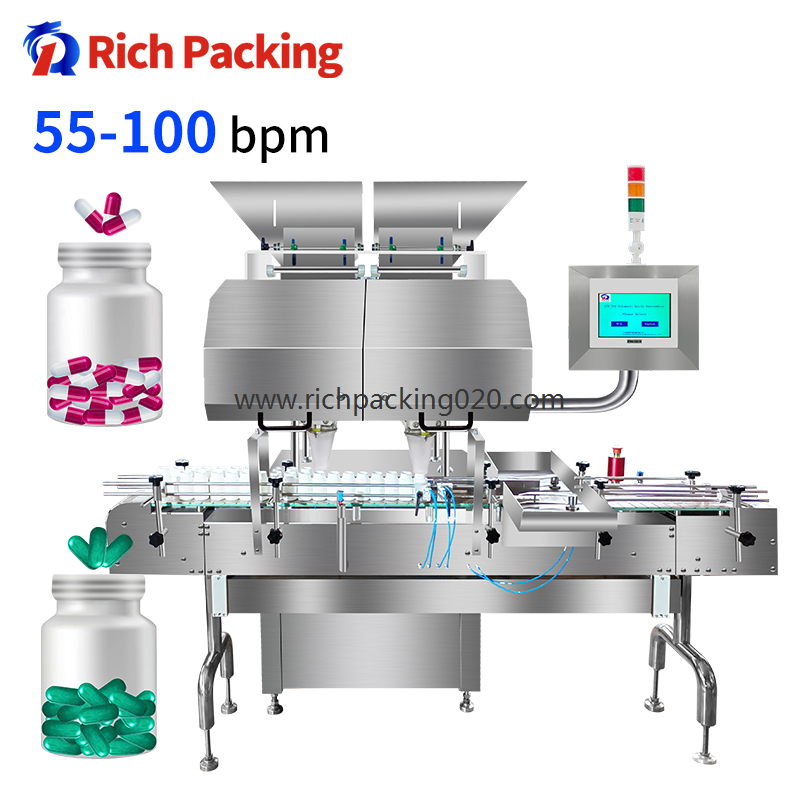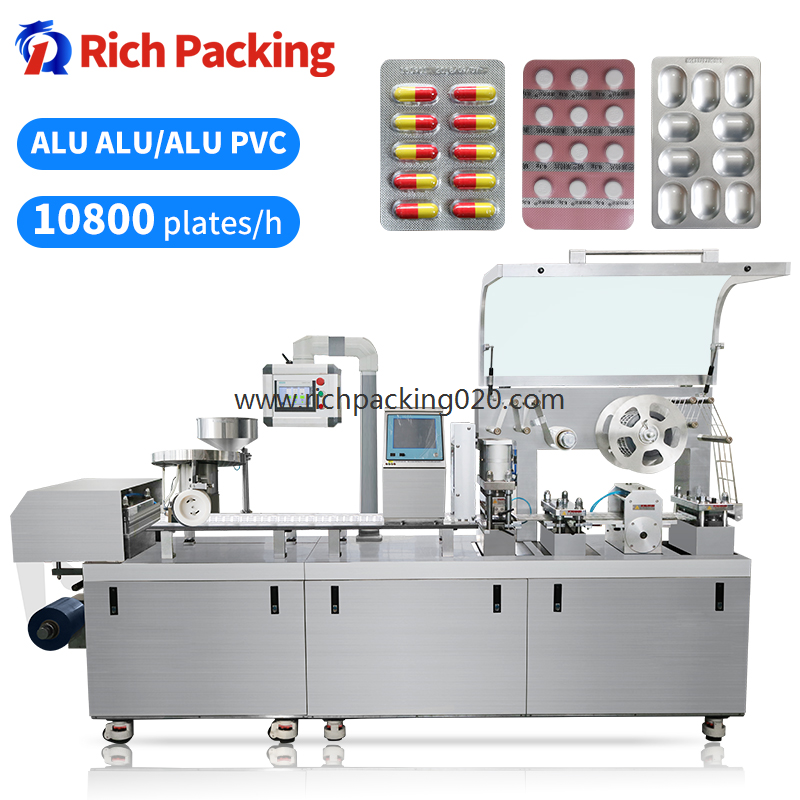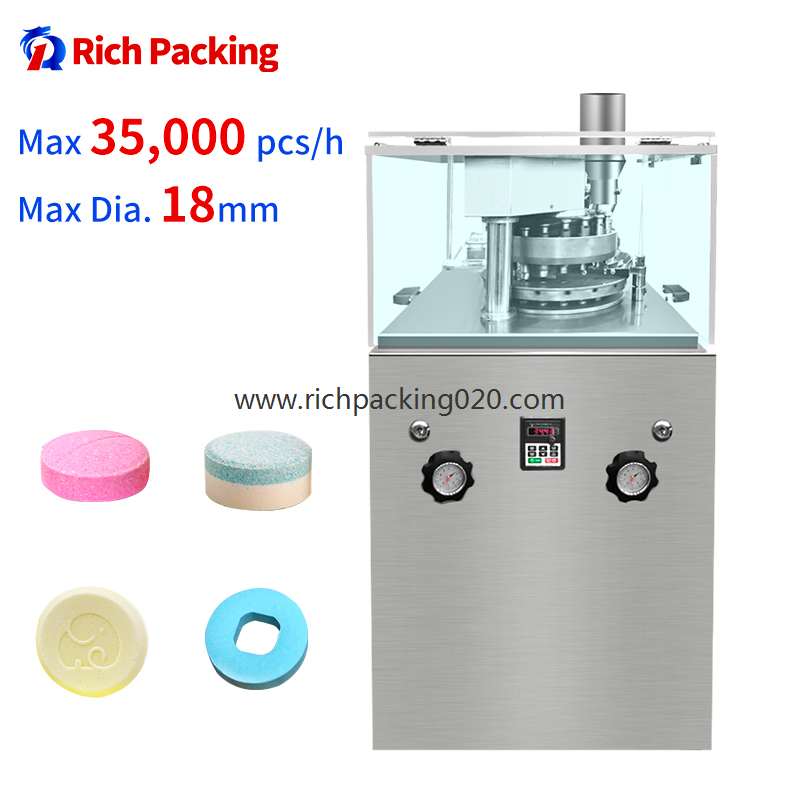HOT PRODUCTS
Details
 Home
> NEWS
> Industry News > Details
Home
> NEWS
> Industry News > Details
Application and development of pharmaceutical aluminum plastic blister packaging market
Application and development of pharmaceutical aluminum plastic blister packaging market
Aluminum foil packaging began in the early 20th century, when aluminum foil, as the most expensive packaging material, was only used for high-end packaging. In 1938, the heat sealing aluminum foil paper came out in the United States. In the 1950s, aluminum paper and aluminum plastic composites began to develop. In the 1970s, with the maturity of color printing technology, aluminum foil and aluminum plastic composite packaging entered a period of rapid popularization. Since the 1990s, China's aluminum foil production has entered an important period. Not only has a large number of advanced equipment been introduced, but also the level of production management and technology development has gradually moved towards modernization and internationalization. Since the 21st century, with the strong market demand, the aluminum foil production capacity has increased rapidly. In the 21st century, the trend of market competition and product homogenization has stimulated the rapid development of product packaging.
The development of aluminum foil packaging basically keeps pace with the development of the whole industry. The development of aluminum foil packaging in China market is faster, mainly for two reasons
(1) There is an obvious gap between the development of China's flexible packaging market and that of developed countries. The proportion of flexible packaging for daily consumer goods and food is small. Developed countries have accounted for more than 65%, some have exceeded 70%, while China's has accounted for about 15%. The proportion has increased rapidly in recent two years;
(2) The domestic aluminum plastic composite and aluminum paper composite technology is becoming more and more mature, and the production cost is reduced, which promotes the popularization and application of aluminum matrix composites in China's packaging market. Aluminum foil is mainly used for blister packaging in pharmaceutical packaging. Blister packaging is mainly made of PVC sheet and 0.02 mm thick aluminum foil. Blister packaging has become the main packaging method of Western medicine tablets and capsules. The packaging of Chinese medicine tablets, powders, capsules and pellets is gradually changing from paper bags, simple plastic bags and glass bottles to aluminum plastic blister packaging. With the development of drug sustained-release technology, the market will be more broad.
At present, blister packaging is the main packaging form of solid dosage forms of health food and medicine in China. Among them, the medical aluminum foil is based on the industrial pure aluminum foil, which is printed with text patterns and coated with protective agent on the surface, and coated with adhesive on the other side. The purpose of coating protective agent is to prevent the abrasion of printing ink layer on the surface, and also to prevent the contamination of drugs caused by the contact between the outer ink and the inner adhesive when the aluminum foil is rolled. The function of the adhesive is to bond the aluminum foil and the hard plastic sheet to seal the medicine. At present, the adhesives used are mainly divided into one-component adhesive and two-component adhesive. The components of one component adhesive are mainly natural rubber and nitrocellulose fiber and acrylic ester charge. Because the main agent is elastomer, and the adhesive is used as auxiliary agent, the emulsion is made of organic solvent. It has non drying, hot melting and certain adhesive strength. With the improvement of hygienic requirements for drug packaging materials, the application of this single component adhesive is gradually reduced, and the two-component polyurethane adhesive is more used, which is mainly composed of main agent and curing agent. The main agent generally contains many active hydrogen, such as hydroxyl, amino and other substances, while the curing agent is composed of polyisocyanate compounds. When the isocyanate group in the curing agent contacts with the active hydrogen in the main agent molecule, the addition reaction will be carried out automatically to form carbamate structure. The results show that the molecular weight of the main agent and curing agent is doubled, and the cross-linking product with branched chain structure is formed, which has good resistance to high and low temperature, medium erosion and high adhesion. Because polyurethane molecules contain a large number of polar groups, large dipole moment, and have a great affinity to the materials to be adhered, so it plays a bonding role on aluminum foil, plastic and other printing materials. Due to its good adhesion, it has been widely used in aluminum foil printing, coating and lamination. The adhesive for aluminum foil printing is developing to solvent-free type. Its composition is also a two-component polyurethane type. The difference is that the main agent and curing agent have high viscosity at room temperature, but still have liquidity. They belong to semi curing agent. They are mixed in proportion and put into the gravure roller with heating and heat preservation function and coated on the aluminum foil substrate. After gluing, there is no need to apply the adhesive It can be directly bonded with another substrate because there is no solvent. There is no exhaust emission problem when using solvent-free adhesives, and there is no need to equip the printing and coating equipment with large drying channel heating and air blowing device. Due to the high attention paid to environmental protection abroad, this adhesive has been used. However, aluminum foil is also facing competition with other materials, mainly from nylon, EVOH and pen high barrier composite plastic film. The latter has transparency, making packaging more attractive. The pharmaceutical aluminum foil is competitive with hard PVC film coated with PVDC, which has an advantage in cost. Of course, the biggest competition comes from the development of aluminum plating technology. Due to the wide application range and low cost of vacuum aluminum plating products, which can be based on various materials such as paper or plastic, it has occupied the application market of aluminum foil in many middle and low-end markets. Vacuum aluminized paper has metallic luster and is easy to print, which can meet the requirements of beauty and fashion; vacuum aluminized paper is easy to be processed by laser holography and has good anti-counterfeiting effect. Therefore, vacuum aluminized packaging materials have gradually replaced aluminum foil composite paper as the main aluminum paper substrate in many occasions. With the improvement of technology, the application range of aluminum foil will be further expanded.





